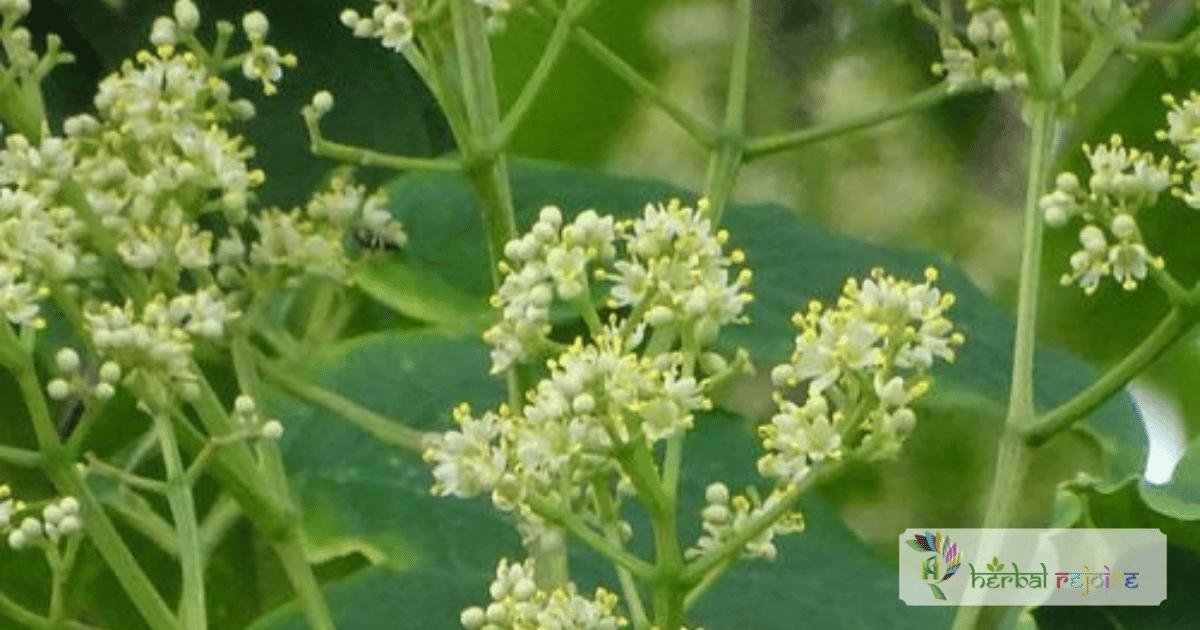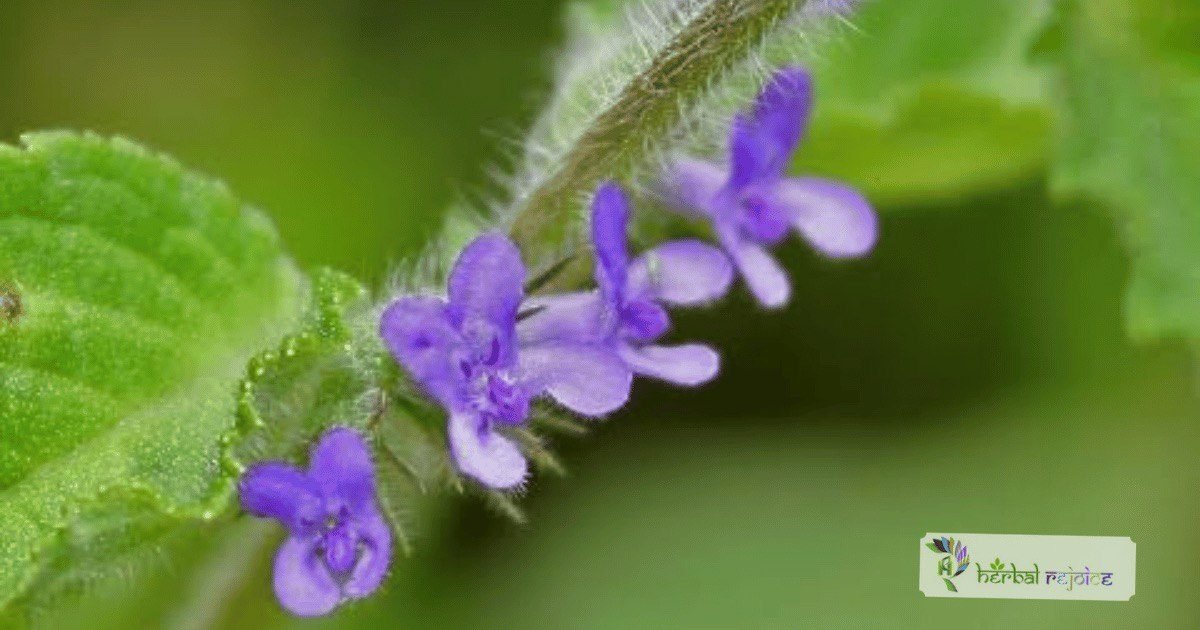Introduction
Zanthoxylum budrunga Wall. ex DC, also known as Z. limonella (Dennst.) Alston or Z. rhetsa DC, belongs to the Rutaceae family. It can be found in the foothills of Assam, Meghalaya, and Peninsular India.
This plant goes by various names in different traditional medicinal practices. In Ayurveda, it is known as Tumburu (Kerala), Ashvaghra, or Tejabala.
In Siddha and Tamil medicine, it is referred to as Tratechai. The fruits of this Limonella are commonly used for treating diarrhea, dyspepsia, asthma, bronchitis, rheumatism, and oral health issues.

Traditional Uses of Limonella
Limonella has several medicinal uses. The fruits of this plant are commonly used for treating diarrhea, dyspepsia, asthma, bronchitis, rheumatism, and oral health issues.
The pericarp of the fruit has astringent, digestive, and stimulant properties. The essential oil derived from the fruit is a powerful disinfectant and is used to treat infective dermatosis.
The bark of Limonella is cholinergic, diuretic, hypoglycemic, and spasmolytic. Additionally, the root has emmenagogue and febrifuge properties.
Chemical Constituents Of Limonella
A study conducted on Limonella from Assam found the presence of alkaloids in the trunk-bark. These alkaloids included chelerythrine, evodiamine, and hydroxyevodiamine.
The essential oil obtained from the fruit contains various compounds such as l-sabinene, alpha-terpinene, beta-phellandrene, 1,4-cineole, decanal, octanal, terpinen-4-ol, dihydrocarveol, l-cryptone, and cuminaldehyde.
The essential oil has shown anti-inflammatory, anesthetic, and antagonistic activities.
Other Species
Another species of Zanthoxylum, Z. nitidum (Roxb.) DC., also known as Tezmul in Assam, is found in Bihar, Sikkim, and Assam. The root of this plant is used to treat toothaches and stomachaches.
It is also used as an ingredient in pharmaceutical tablets given to drug addicts for the treatment of withdrawal symptoms.
The methanolic extract of Z. nitidum roots has been found to contain nitidine, chelerythrine, and isogaridine. This extract exhibits potential anti-tumor properties.
Medicinal Properties Of Limonella
Z. ovalifolium Wight, found in the Eastern Himalayas, Meghalaya, and the Western Ghats of South Kanara and Kerala, is known as Armadalu in Karnataka and Diang-shih in Meghalaya.
The leaf of this plant contains diosmetin, while the heartwood contains flavonoids such as dihydrofisetin and cinnamaldehyde.
The bark and fruit of Z. ovalifolium possess similar medicinal properties to other species in the genus.
Conclusion
In conclusion, Zanthoxylum budrunga Wall. ex DC., also known as Z. limonella (Dennst.) Alston or Z. rhetsa DC, is a plant with various medicinal uses.
Its fruits, pericarp, bark, and root have been traditionally used to treat a range of health issues such as diarrhea, dyspepsia, asthma, bronchitis, rheumatism, and oral diseases.
Frequently Asked Questions(FAQs)
What is Limonella?
Zanthoxylum budrunga Wall. ex DC is a plant belonging to the Rutaceae family that can be found in Assam, Meghalaya, and Peninsular India.
What are the medicinal uses of Limonella?
Limonella has been traditionally used to treat diarrhea, dyspepsia, asthma, bronchitis, rheumatism, and oral health issues.
What properties does the pericarp of Limonella have?
The pericarp of Limonella is known to have astringent, digestive, and stimulant properties.
What is the essential oil derived from the fruit of Limonella used for?
The essential oil derived from the fruit of Limonella is a powerful disinfectant and is used to treat infective dermatosis.
What properties does the bark of Limonella have?
The bark of Limonella is known to have cholinergic, diuretic, hypoglycemic, and spasmolytic properties.
What are the traditional names for Limonella in different medicinal practices?
In Ayurveda, it is known as Tumburu, Ashvaghra, or Tejabala. In Siddha and Tamil medicine, it is referred to as Tratechai.
What compounds have been found in the trunk-bark of Limonella?
A study found the presence of alkaloids such as chelerythrine, evodiamine, and hydroxyevodiamine in the trunk-bark of Limonella.
What compounds are present in the essential oil derived from the fruit of Limonella?
The essential oil obtained from the fruit contains compounds such as l-sabinene, alpha-terpinene, beta-phellandrene, 1,4-cineole, decanal, octanal, terpinen-4-ol, dihydrocarveol, l-cryptone, and cuminaldehyde.
What activities has the essential oil of Limonella shown?
The essential oil of Limonella has shown anti-inflammatory, anesthetic, and antagonistic activities.
Are there any other species of Zanthoxylum with medicinal uses?
Yes, Z. nitidum (Roxb.) DC. is another species with medicinal uses, particularly for toothaches, stomachaches, and as a treatment for addiction withdrawal symptoms.
What compounds are present in the roots of Z. nitidum?
The roots of Z. nitidum have been found to contain nitidine, chelerythrine, and isogaridine.
What properties does the methanolic extract of Z. nitidum roots have?
The methanolic extract of Z. nitidum roots exhibits potential anti-tumor properties.
Where can Z. ovalifolium be found?
Z. ovalifolium is found in the Eastern Himalayas, Meghalaya, and the Western Ghats of South Kanara and Kerala.
What is Z. ovalifolium known as in Karnataka and Meghalaya?
Z. ovalifolium is known as Armadalu in Karnataka and Diang-shih in Meghalaya.
What compounds are found in the leaf of Z. ovalifolium?
The leaf of Z. ovalifolium contains diosmetin.
What compounds are found in the heartwood of Z. ovalifolium?
The heartwood of Z. ovalifolium contains flavonoids such as dihydrofisetin and cinnamaldehyde.
Do the bark and fruit of Z. ovalifolium have medicinal properties?
Yes, the bark and fruit of Z. ovalifolium possess similar medicinal properties to other species in the genus.
Are there any cautions or side effects associated with Limonella?
There are no known cautions or side effects associated with Limonella, but further research is needed to verify its safety and potential interactions with medications.
Is Limonella widely used in modern medicine?
Limonella is primarily used in traditional medicine practices





